The year 2007 is the first year of iPhone release and a landmark in the history of mobile phone development. Before iPhone release, the senior officers and engineers of Google had worked 60–80 hours per week for 15 months to develop Android mobile phones. After Steve Jobs announced the release of iPhone, the senior officers and engineers of Google clearly realized that they must "begin from scratch". In 2010, the 4th-generation iPhone was released worldwide. The model surpasses peers both in terms of appearance and configuration. In three years, iPhone has subverted the mobile phone industry. Who else can subvert an industry besides Apple?—— Preface

Many people think that the story of Huawei is a legend story and state-of-the-art strategy.
Austere militarized management, relentless expansion strategy, amazing R&D standard, quick orientation once stepping into a new industry, incarnated as a heavily armed brave warrior, fearless, conquering and winning, until the Huawei flag is firmly established in the industry for all to see, such are the depiction of Huawei.
Among the many industries that Huawei steps into, the photovoltaic (PV) industry is one. Huawei is in this industry for only three years.
Who can subvert an industry in three years?
Huawei can proudly show her achievements to the observers and tell them that it is not the first time that Huawei has achieved so much.
Huawei global inverters shipment has increased from 1 GW in 2013 to staggering 10.5 GW in 2015. According to the Global PV Inverter and MLPE Landscape by GTM Research and the latest annual forecast of IHS, the inverters shipment of Huawei, an emerging aristocrat in the PV industry, has risen to No. 1 in the world.
Words Written in Banners
As a strategist acknowledged by Chinese enterprises, Huawei rarely failed. As Chinese finance writer Wu Xiaobo said, where Huawei extends her business, other people will feel headache. Since entering the PV industry in 2012, Huawei once again showed her state-of-the-art strategy – First, in the PV industrial chain, Huawei chose PV inverters, an electric and electronic component that is very
much related to Huawei's traditional advantageous business. This enables Huawei to fully reuse the existing technology, lower the R&D cost, and lower the procurement cost by taking advantage of her established supply chain. Therefore, the initial investment cost of her string inverter solution is comparable to that of the centralized inverter solution.
Later, Huawei was aware that the PV application market in China is concerned more with per watt energy yield than the initial investment cost and chose the string inverter solution rather than the mainstream centralized inverter solution as her main product. Meanwhile, Huawei hired excellent experts from PV enterprises in China and quickly established several R&D bases in Europe and United States, such as the inverter algorithm and topology research center in Stockholm, Sweden, and the inverter architecture and design center in Nuremburg, Germany, constructing complete inverter expert team and paving solid foundation for the product R&D.
Last, Huawei quickly promoted smart PV power plants and raised the concept of operation and maintenance (O&M) of power plants. Huawei's string inverters can provide real-time monitoring, data collection, and O&M analysis. Customers can perform cloud monitoring, cloud management, and big data analysis on the inverters. In customers' mind, Huawei is no longer an electronic device manufacturer, rather, a professional power plant solution and service provider. Apart from the software, Huawei' string inverters have IP65 protection to prevent salt fog and sand from entering the devices, are without fuses and cooled naturally to provide 25 years of service life without maintenance, are without
external fans, hence lowering system failure caused by fan failure, use silicon instead of copper to increase the percentage of power semiconductor devices and control chips and to reduce the usage of traditional "cooper" devices such as inductors and capacitors, hence providing higher conversion efficiency, better electricity quality, smaller product size, and longer service life.
After Huawei put all these strategies into action, her inverters shipment keeps increasing. The year 2013 was the first year that Huawei entered the PV industry. In that year, Huawei managed to achieve 1 GW shipment of the string inverters, the first in string inverter manufacturers in China, 7% of the total inverters shipment in China, and is ranked No. 5 in the nation, arousing wide concerns in the industry. In 2014, orders to Huawei smart PV power plant solution exceeded 5.5 GW and the yearly inverters shipment reached 4 GW, ascended to "top ten" global PV inverter suppliers, the only one from China. In 2015, Huawei became the world's No. 1 in her yearly inverters shipment of 10.5 GW. One who is interested in the news of the PV industry will find that for Huawei, what is news is that big orders have not come frequently.
One has reason to believe that Huawei would hardly have achieved so much if pursuing No. 1 or brand awareness alone. What is written in the banners erected in Huawei territory must be "products".
How to win the credibility
Due to the per-watt price and reliability problems, string inverters have not been accepted by large-scale power plants. Huawei chose string inverters as the entrance point to the PV industry and as such encountered many obstacles at first.
How can Huawei eliminate customers' doubts?
It did not take Huawei long time to find an answer to the
question. "We do not want to be the most profitable company; rather, we want to help our customers become the most profitable companies," said Huawei director in the PV business, "It is worried that Huawei would raise the price of her products. However, Huawei must give profit to customers, cannot make a dead end of the PV industry, and must also guarantee our own proper profit." This is Huawei' operating ethics after Huawei made a good start in the PV industry.
"With the same per-watt cost, we can increase the O&M efficiency by 50% and energy yield by 5%," said Huawei director in the PV industry. Such information is very attractive to power plant builders. A PV power plant must ensure quality for 25 years. When raising money, a power plant builder must tell investors the feasibility of the investment and the proof in figures of profitability. Large-data analysis provides basis for securitization of assets. Huawei can provide what a power plant builder wants.
In addition, Huawei is interested in global exhibitions and activities in the PV industry and frequently invite customers to attend worldwide product exhibitions and seminars. In an exhibition, Huawei can show smart inverters, fanless design, smart string detection, anti-PID, large data analysis, and latest wireless technologies used in the PV industry, through which customers can clearly see what Huawei can do and has done.
To think from customers' perspective and to solve their problems and challenges are Huawei's strategy to quickly occupy the top of an industry. Over these three years, with a cross in one hand that wins customer trust and respect and banners of finely carved products in the other hand, Huawei perfected both the hardware and software configurations and amid praises and envy from peers, showed once again the wonders that only Huawei can make.
FR:Shine Magazine






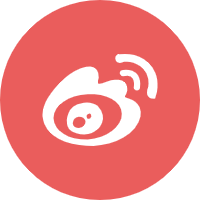








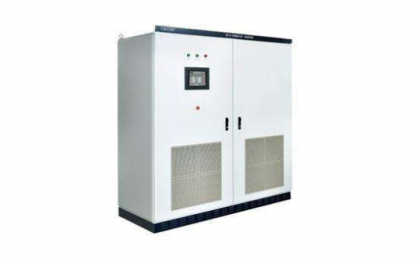
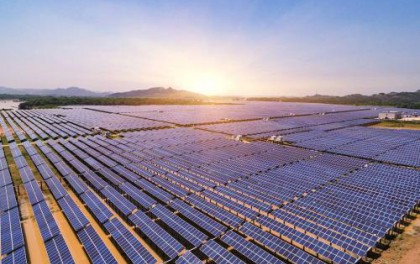


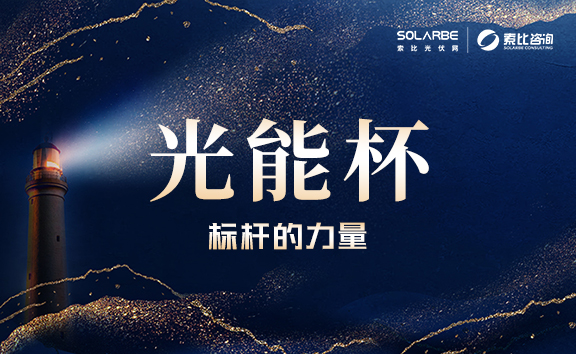
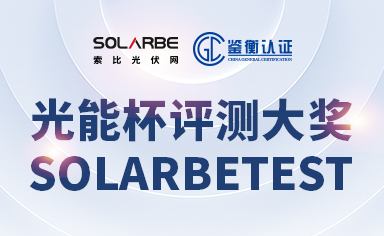
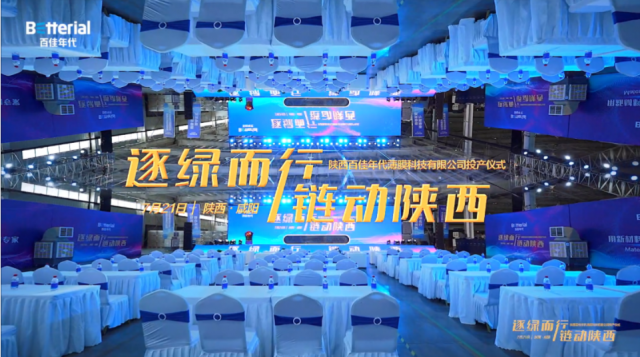
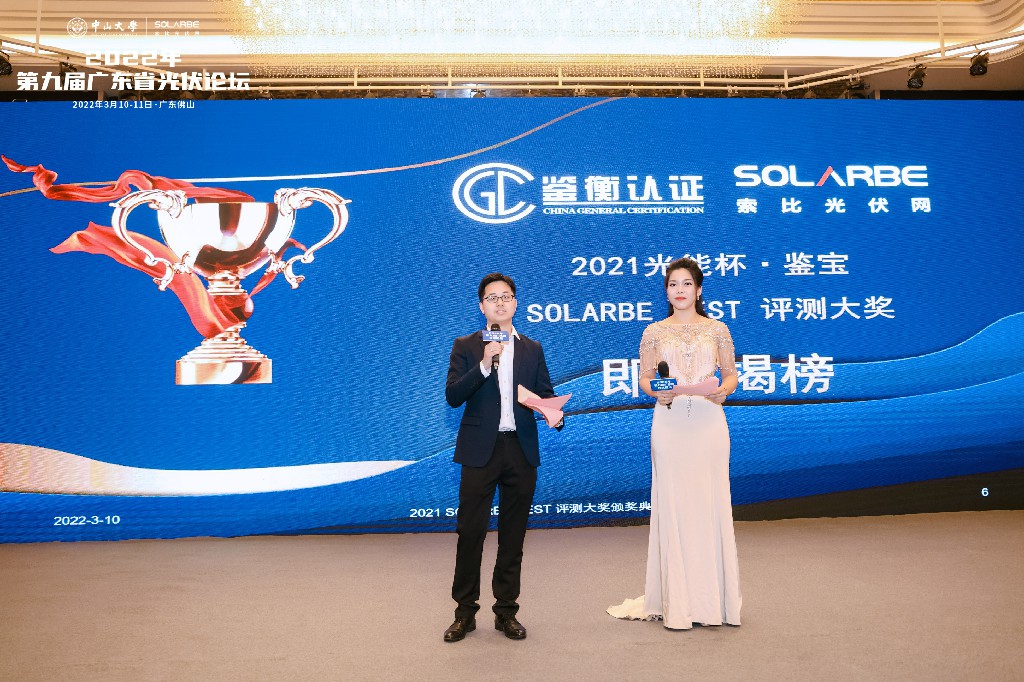






 >
> >
>
